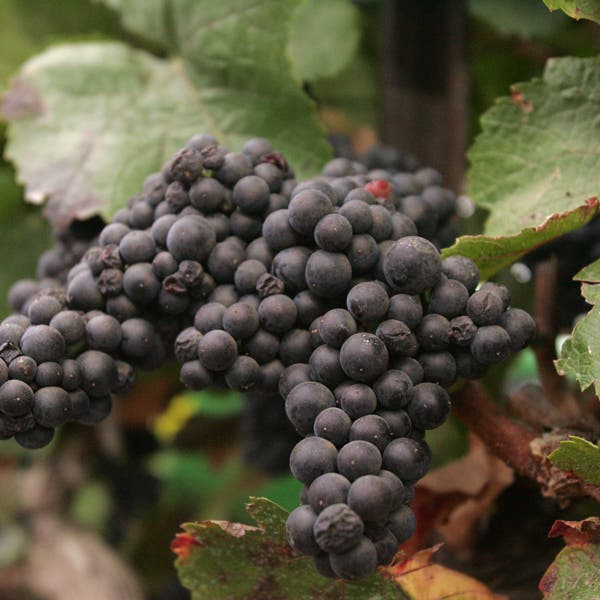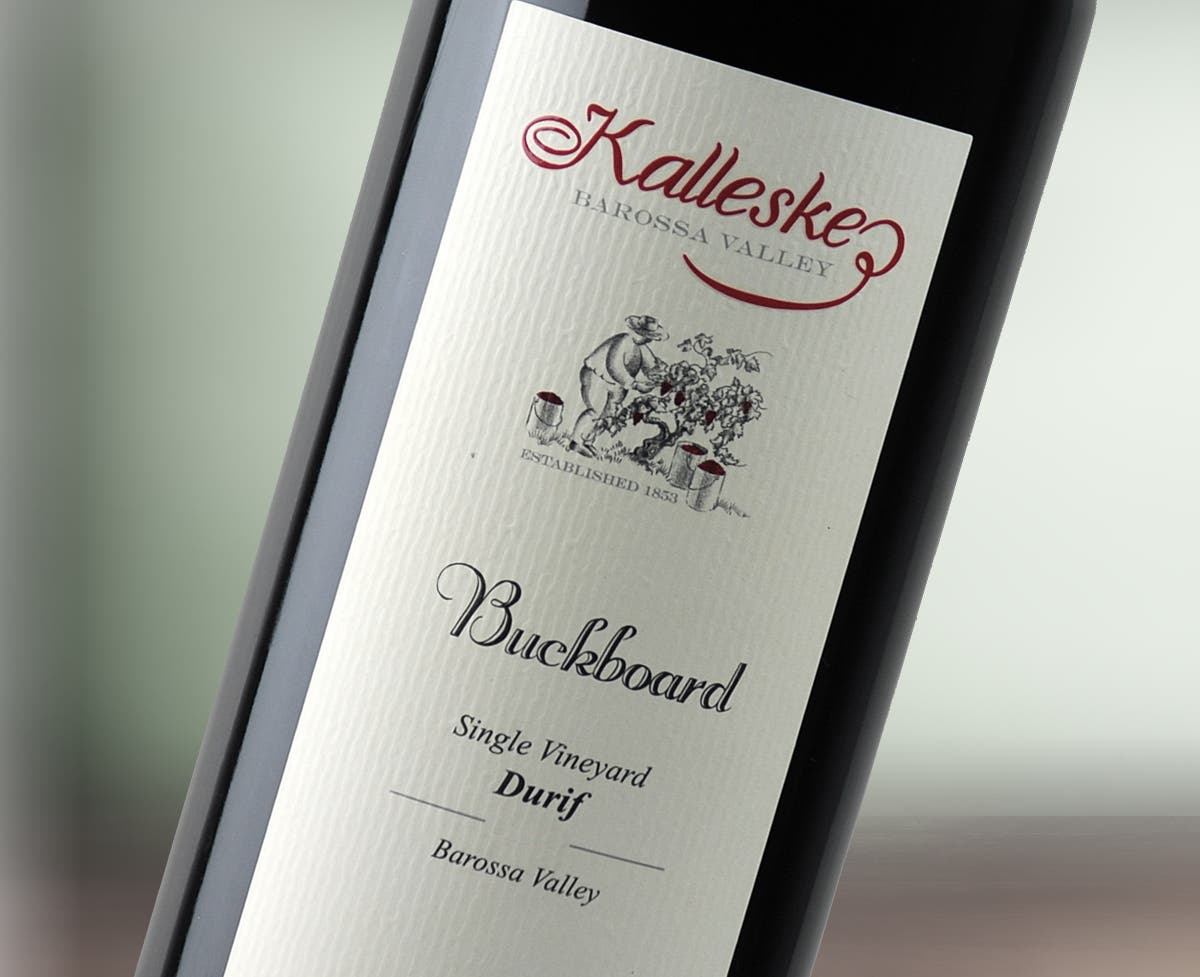
Durif was originally something of a Rutherglen secret, with typically brilliant wines made by Morris, Stanton and Killeen, Campbells, Fairfield and others. Of late it has quickened its stride with plantings in the Barossa, Riverland and McLaren Vale. I love it and I reckon it’s got legs in the glass with it’s high alcohol and in the vineyard because of the stunning wines it so often produces.
Durif is particularly well suited to warm climates as it is drought tolerant and seems to avoid shrivel, even in extreme conditions. It retains acidity and bright fruit even when very ripe, minimising the chance of dead or indistinct fruit finding its way into the glass. Handled well it makes massive, tannic wines with an inky core of bright fruits and a strong spine of acidity. Fruit tends to plum and blackberries. You might also find liquorice, blood plum, cinnamon and cloves. Andrew Seppelt from Murray Street likens it to Shiraz on steroids and says it is … ‘akin to eating fountain pen ink.’ With the first vintage in barrel, we look forward to seeing what Andrew eventually does with his Durif. While there is not enough of the first vintage to release as a standalone, I hope we see Murray Street Durif on a label very soon.
Troy Kalleske, winemaker, had firsthand experience of Durif from a hot climate. Doing vintage at Miranda’s Barossa facilities in 2003 he handled a parcel from the Riverland which he felt was amongst the best fruit of the vintage. He says ‘If Riverland fruit can produce such stunning wine from the variety – then I thought, “what can we do with it in the Barossa?”’

Cheat Sheet
| Durif is also known as 'Petite Syrah'. |
| It's an exceptionally rare variety, crossed with Syrah and Peloursin. |
| Durif is a tannic wine and has superb cellaring potential. Sneak them in next to your Cabernets! |
Kalleske have already released their first Durif, called ‘Buckboard’. It’s a little less brooding than a Rutherglen edition, awash with masses of bright, cuddly fruits. It’s big and ripe, yet balanced and delicious. It’s hard to imagine a more charismatic and enjoyable red wine. Kalleske trialled a number of alternative varieties so as to offer something apart from the Barossan mainstays of Shiraz and Grenache (which they also produce stunning examples of – their Old Vines Grenache is a pearl amongst oysters). They chose Durif, Tempranillo, Petit Verdot and Zinfandel.
Tony Kalleske says, ‘Durif was our first alternative variety to market and has been one of our most successful wines overall.’ He has been amazed by the feedback from mailing list customers with many placing standing orders. Only small quantities of their alternatives have been planted but it looks like Durif is the most likely to be planted again.
Troy believes that ‘Durif really needs to be 15%-16% alcohol to work as a table wine. Lower than that and the tannins aren’t ripe and the fruit flavours just aren’t there. Also it’s not too big a stretch for lovers of big Shiraz to jump on board. It’s Shiraz plus in terms of what the wine has to offer - more oomph, flavour and tannin … a very good mouthful of wine. Shiraz at 15% plus is often too jammy with dead fruit and alcohol that shows hot. Durif in the Barossa seems to have boofy, generous fruit on the mid pallet, which along with ripe tannins and good natural acidity helps with balance and avoids showing hot or alcoholic.’ Just as well, given that this bad boy hits the showers at a temperance union drowning 16% alc.
In the Riverland, 919 wines are also bottling Durif. The current edition, from 2009 is magnificent. Satsuma plum, morello cherries and dark chocolate wrapped up in an abundance of gloriously soft, fine tannins. Like most Durif wines, it is massive, so let it breath or pair it with a nice woolly mammoth steak. Like the Kalleske’s, Jenny Semmler, 919 co-winemaker, had hands on experience working with Durif before deciding to plant. Doing vintage at Fairfield winery in the Rutherglen, she immediately fell in love with it. I hear her. When I visited the now defunct Fairfield they were showing the first Durif to win a gold medal at a major wine show, their 1994. The 90 and 92 vintages were also lovely, as was their 89 Vintage Fortified, also made from Durif. With 8 vintages of Durif now in the shed, Jenny and Eric believe that Durif will produce stunning wine 9 years out of 10 in the Riverland. They feel it’s suitability to the Riverland’s at times scorching climate will enable … ‘919 wines to demonstrate that the Riverland can produce standout wines of a quality normally associated with the best producers from premium regions, and hopefully encourage others in the region to follow suit.’ They might be onto something, as Spook Hill, Banrock Station and the Riverland Vine Improvement Committee have all recently planted Durif. I like the sound of that. Here’s hoping Durif gets even more of a leg up and is joined by yet more cross-country cohorts.
Article originally written for The Adelaide Review by Matt Wallace.

